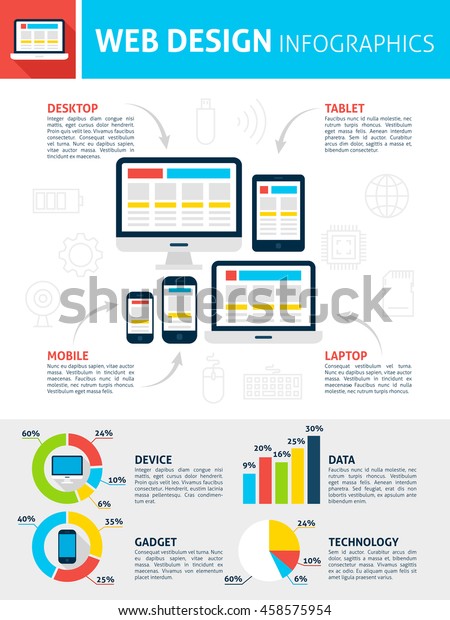Web Site Layout: A Journey Via Time.From Humble Beginnings To Modern-Day Marvels, Site Design Has Actually Undergone A Significant Improvement Throughout The Years
Web Site Layout: A Journey Via Time.From Humble Beginnings To Modern-Day Marvels, Site Design Has Actually Undergone A Significant Improvement Throughout The Years
Blog Article
Article Produced By-Johansen Gibbons
In the past, internet sites were basic and focused on info. Navigating was straight, and design was for desktops. Currently, user experience is crucial. Data guides styles for very easy navigating. Receptive designs fit different tools. Today, dark mode reduces pressure, and minimalist menus improve navigation. Interactive functions engage customers, and strong visuals stick out. AI integration increases interaction. See just how style has evolved to enhance your on the internet trip.
Very Early Days of Web Design
In the very early days of website design, simpleness reigned supreme. Web sites were standard, with limited colors, font styles, and designs. The emphasis got on supplying details as opposed to fancy visuals. Individuals accessed the web through sluggish dial-up links, so speed and capability were essential.
web design and development were straightforward, normally located on top or side of the web page. Internet sites were developed for desktop computers, as mobile surfing wasn't yet common. Web content was king, and designers focused on very easy readability over intricate layout components.
HTML was the main coding language used, and designers had to function within its restrictions. Animations and interactive attributes were minimal contrasted to today's requirements. Websites were static, with little vibrant web content or tailored user experiences.
Increase of User-Focused Design
With the evolution of site design, a shift towards user-focused style concepts has become progressively prominent. Today, creating sites that focus on customer experience is important for involving visitors and accomplishing organization objectives. User-focused design entails understanding the needs, preferences, and actions of your target audience to customize the website's design, material, and features as necessary.
Designers now perform comprehensive study, such as user studies and functionality testing, to collect insights and responses directly from individuals. Recommended Web-site -driven method assists in developing instinctive navigating, clear calls-to-action, and aesthetically enticing interfaces that resonate with site visitors. By positioning the individual at the center of the layout procedure, sites can supply a more tailored and pleasurable experience.
Receptive style has actually additionally emerged as a vital facet of user-focused design, guaranteeing that internet sites are optimized for different gadgets and screen sizes. This adaptability boosts availability and use, dealing with the diverse ways customers communicate with websites today. Fundamentally, the rise of user-focused layout represents a shift towards developing digital experiences that focus on the requirements and assumptions of the end customer.
Modern Trends in Web Design
Explore the most recent fads forming website design today. One prominent trend is dark setting style, supplying a smooth and contemporary look while minimizing eye stress in low-light settings. An additional essential fad is minimalist navigation, simplifying food selections and enhancing individual experience by concentrating on essential elements. Integrating micro-interactions, such as animated buttons or scrolling results, can produce a much more appealing and interactive internet site. Responsive layout continues to be important, guaranteeing smooth customer experiences across numerous devices. Furthermore, making use of vibrant typography and asymmetrical layouts can add visual passion and accentuate details content.
Incorporating AI innovation, like chatbots for client support or individualized referrals, enhances customer involvement and streamlines processes. Access has also come to be a substantial pattern, with designers prioritizing inclusive layout techniques to accommodate varied user needs. Embracing sustainability by optimizing website efficiency for rate and effectiveness is another emerging fad in website design. Teaming up with user comments and information analytics to repeat and enhance style continually is necessary for staying appropriate in the ever-evolving digital landscape. By accepting these contemporary patterns, you can create a visually enticing, straightforward website that reverberates with your audience.
visit link
As you review the evolution of web site design from the very early days to currently, you can see just how user-focused design has actually come to be the driving pressure behind modern patterns.
Embrace the trip of adjustment and adjustment in website design, constantly keeping the individual experience at the leading edge.
Remain present with the latest trends and innovations, and never quit advancing your approach to create visually magnificent and straightforward internet sites.
Progress, adapt, and create - the future of web design remains in your hands.
